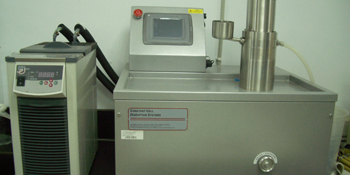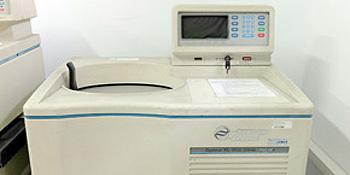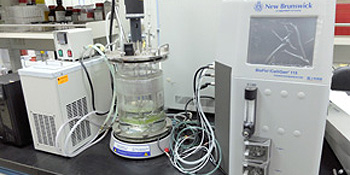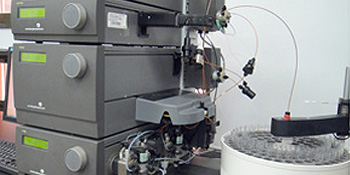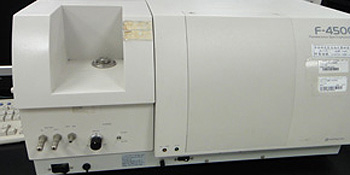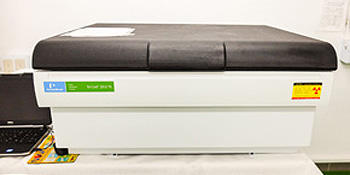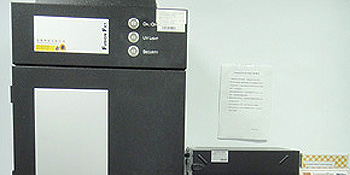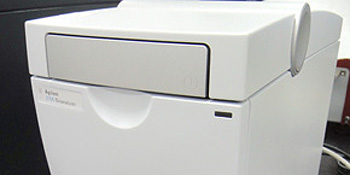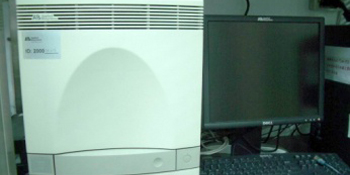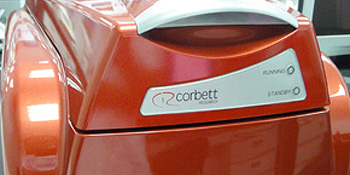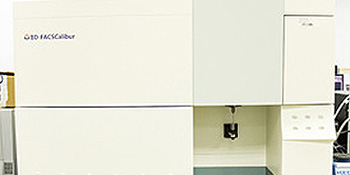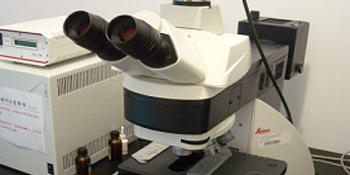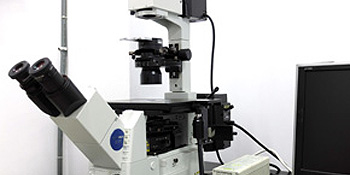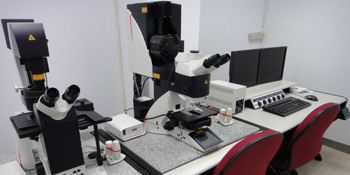The IBS Core Facility is located at the Institute of Biochemical Sciences (IBS), College of Life Science, National Taiwan University. It is jointly established by the Institute of Biological Chemistry (IBC), Academia Sinica and IBS. The facility provides technical support for investigators of IBC and IBS in instrument operation training, scheduling, workshops, user certification, trouble shooting and instrument maintenance. The major instruments of the core facility include: Flow Cytometry (BD FACSCalibur), Confocal Microscope System (Leica SP5), Real-Time PCR Systems (Bio-Rad CFX Connect and Qiagen Rotor-Gene), Upright and Inverted Microscope Systems (Leica DM6000B and OLYMPUS), Fluorescence/Luminescent CCD Image Analyzer (Vilber Lourmat Fusion FX 7 and ThermoFisher iBright FL1500), Bioanalyzer System (Agilent 2100), Protein Purification System (GE ÄKTA™), Fluorescence Spectrophotometer (Hitach F-4500), Radioisotope Counter (PerkinElmerTri-Carb 2900TR), Cell Disruption System (Constant Systems Ltd TS 0.75Kw), Cryostat (Leica CM 1950) and Ultracentrifuge (Beckman XL-100K).
In addition, the IBS Core Facility also houses a Biomolecular Interaction Analyzer (GE BIAcore T200) provided by the Technology Commons (Techcomm) of the NTU College of Life Science, which are open to IBC/IBS users.
